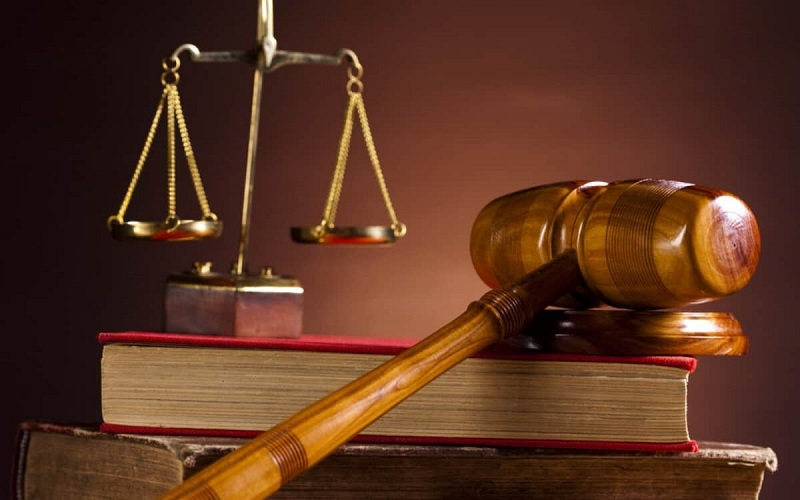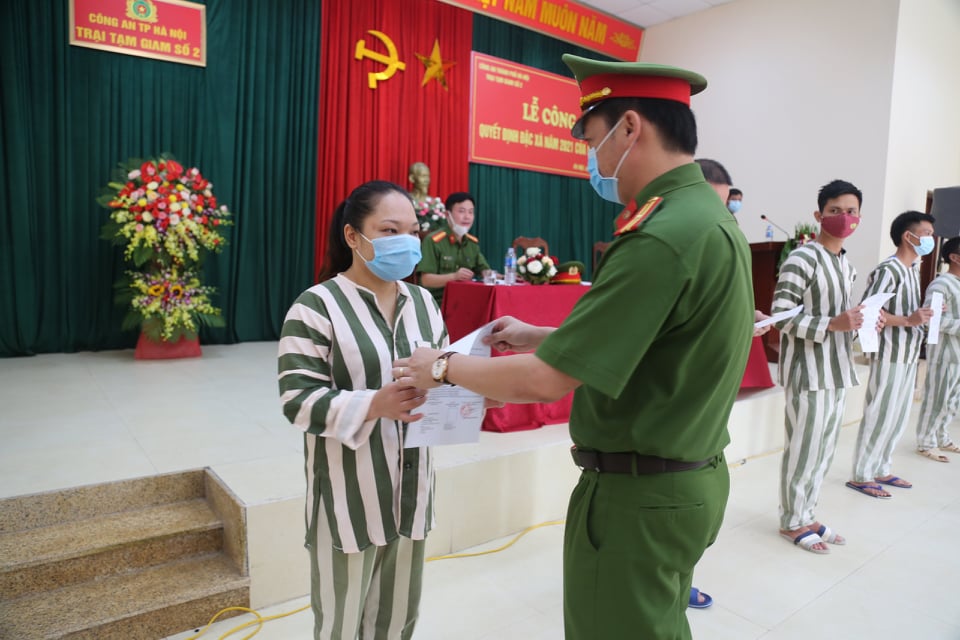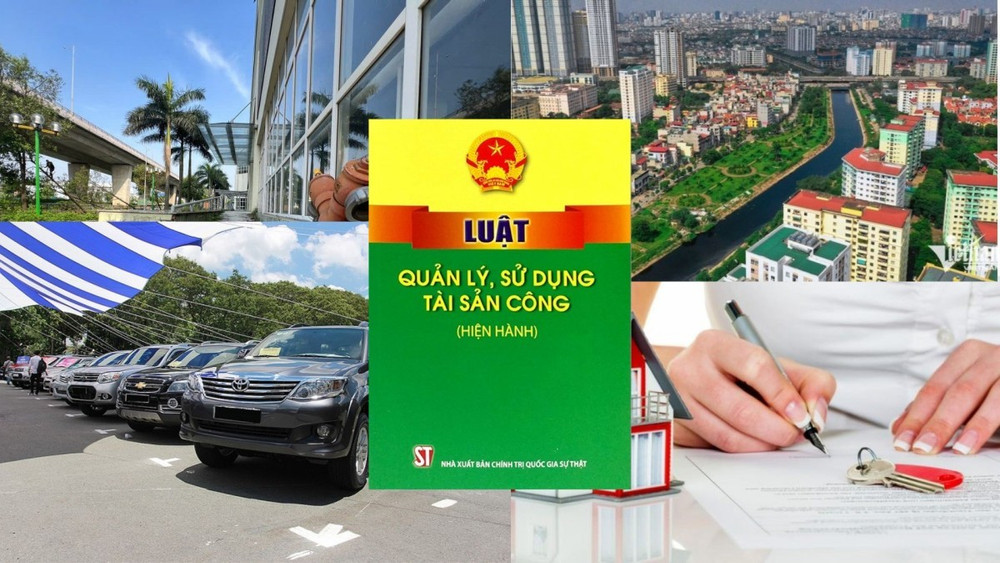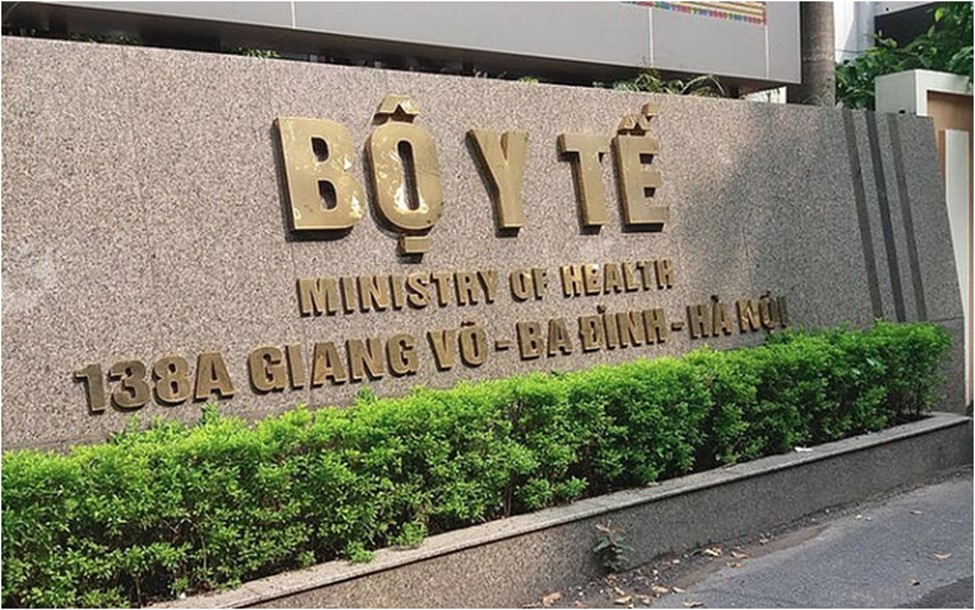Vietnam: Contents of salinity monitoring at the identified measurement points
This is a significant content in Circular 39/2016/TT-BTNMT stipulating the techniques for monitoring and investigating saltwater intrusion in Vietnam, effective from February 10, 2017.

Vietnam: Contents of salinity monitoring at the identified measurement points - Illustrative Image
Under Article 8 of Circular 39/2016/TT-BTNMT, at the identified measurement points, salinity monitoring in Vietnam shall be conducted according to the following contents:
1. Measurement of depth
- Determine the vertical water depth (refer to the National Technical Regulation on Hydrological Monitoring).
- Determine the depth at various salinity measurement layers.
- Record depth values into salinity depth recording forms M-1a or M-1b (Appendix 1 issued with this Circular).
2. Measurement of salinity: To be conducted by the following two methods:
- Directly measure the salinity in the field (using instruments):
+ Clean and rinse the sensor probe with distilled water before measurement;
+ Proceed with the measurement by lowering the sensor probe to the identified layers (wait for about 1 minute) or as per the usage instructions of the measuring instrument;
+ Record salinity results, measurement time (hour, day, month, year), and weather phenomena into salinity recording forms M-1a or M-1c (Appendix 1 issued with this Circular);
+ For continuous automatic salinity meters, depending on the measurement conditions, measure at the middle layer or all three layers.
- Measure salinity after sample collection
+ Before sample collection and measurement, sample collection equipment and water sample containers must be cleaned and rinsed with distilled water;
+ Proceed with sampling by lowering the sample collection equipment to the identified layers, fill with water, lifting it, and transferring the sample into the sample container;
+ Determine salinity using direct measurement instruments or the Silver Nitrate AgNO3 method (immediately after sampling).
Use instruments:
+ Immerse the sensor probe into the water sample (wait for about 1 minute) or as per the usage instructions of the measuring instrument;
+ Record salinity results, sample collection time, sample measurement time (hour, day, month, year), and weather phenomena into salinity recording forms M-1a or M-1c (Appendix 1 issued with this Circular);
+ When switching the sensor probe to another sample, rinse the probe with distilled water, wipe dry with absorbent paper or a soft cloth.
Determe salinity by using the Silver Nitrate AgNO3 method:
+ Detailed procedure for determining salinity using the AgNO3 method is provided in Appendix 4 issued with this Circular;
+ Record salinity results, sample collection time, sample analysis time (hour, day, month, year), and weather phenomena into salinity recording forms M-1b (Appendix 1 issued with this Circular).
- After each measurement session, the sensor probe and analysis tools must be cleaned and rinsed with distilled water, dried with absorbent paper or a soft cloth, and stored properly.
Detailed regulations may be found in Circular 39/2016/TT-BTNMT issued on December 19, 2016.
Le Vy
- Number of deputy directors of departments in Vietnam in accordance with Decree 45/2025/ND-CP
- Cases ineligible for pardon in Vietnam in 2025
- Decree 50/2025 amending Decree 151/2017 on the management of public assets in Vietnam
- Circular 07/2025 amending Circular 02/2022 on the Law on Environmental Protection in Vietnam
- Adjustment to the organizational structure of the Ministry of Health of Vietnam: Certain agencies are no longer listed in the organizational structure
- Vietnam aims to welcome 22-23 million international tourists in Vietnam in 2025
-

- Number of deputy directors of departments in Vietnam ...
- 15:04, 05/03/2025
-

- Cases ineligible for pardon in Vietnam in 2025
- 14:43, 05/03/2025
-

- Decree 50/2025 amending Decree 151/2017 on the ...
- 12:00, 05/03/2025
-

- Circular 07/2025 amending Circular 02/2022 on ...
- 11:30, 05/03/2025
-

- Adjustment to the organizational structure of ...
- 10:34, 05/03/2025
-

- Notable new policies of Vietnam effective as of ...
- 16:26, 11/04/2025
-
.Medium.png)
- Notable documents of Vietnam in the previous week ...
- 16:21, 11/04/2025
-
.Medium.png)
- Notable documents of Vietnam in the previous week ...
- 16:11, 02/04/2025
-
.Medium.png)
- Notable new policies of Vietnam to be effective ...
- 16:04, 02/04/2025
-
.Medium.png)
- Notable new policies of Vietnam effective from ...
- 14:51, 21/03/2025
 Article table of contents
Article table of contents
